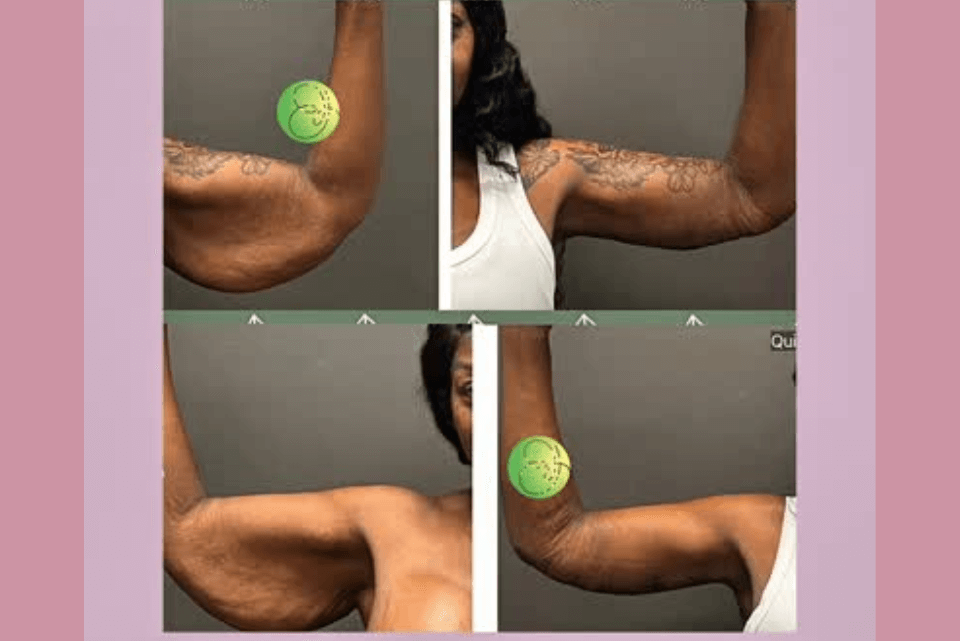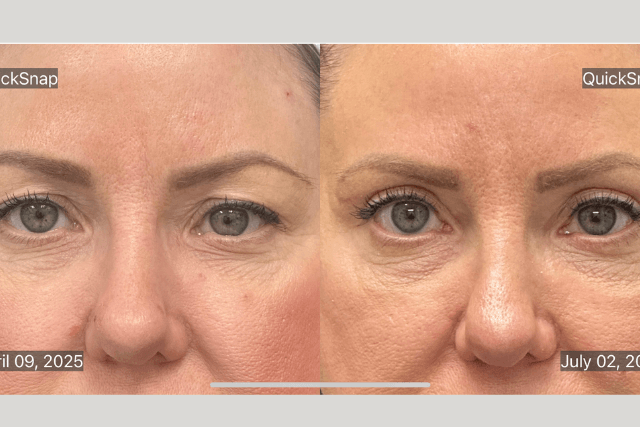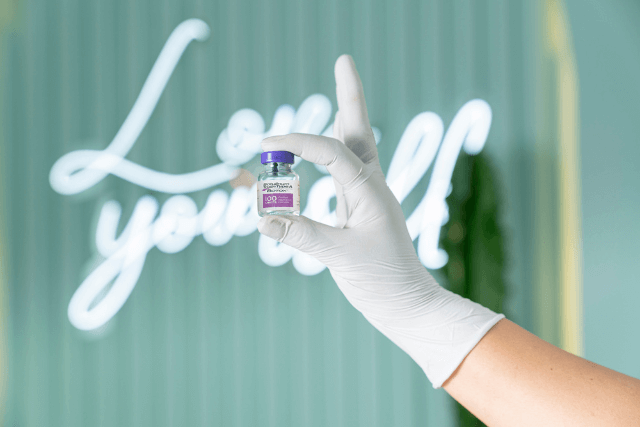Facial Mask Guide
Our mission at Eberbach Plastic Surgery is to provide the ultimate care in plastic surgery to our patients. Since patient and staff safety is our number one priority, we will be taking additional measures and phasing in new policies during this pandemic.
COVID Guidelines
These efforts include:
- Spacing outpatient visits and offering the option of a virtual post-op.
- Extensive health screenings for every patient with a temperature check upon arrival.
- Having patients call the office upon arrival, they will individually escorted into the office by a staff member.
- Removing high-touch items from our office such as magazines and snacks.
- Disinfecting all surfaces between patients.
Home-Made Facial Mask Guide
Wearing facial protection at all times is the newest policy that implemented to limit exposure. Every person in our office, including Dr. Eberbach, staff, and patients, must wear a mask at all times. If a patient doesn’t have a mask a cloth face covering or bandana is also acceptable. Below are some helpful guides to make your mask:
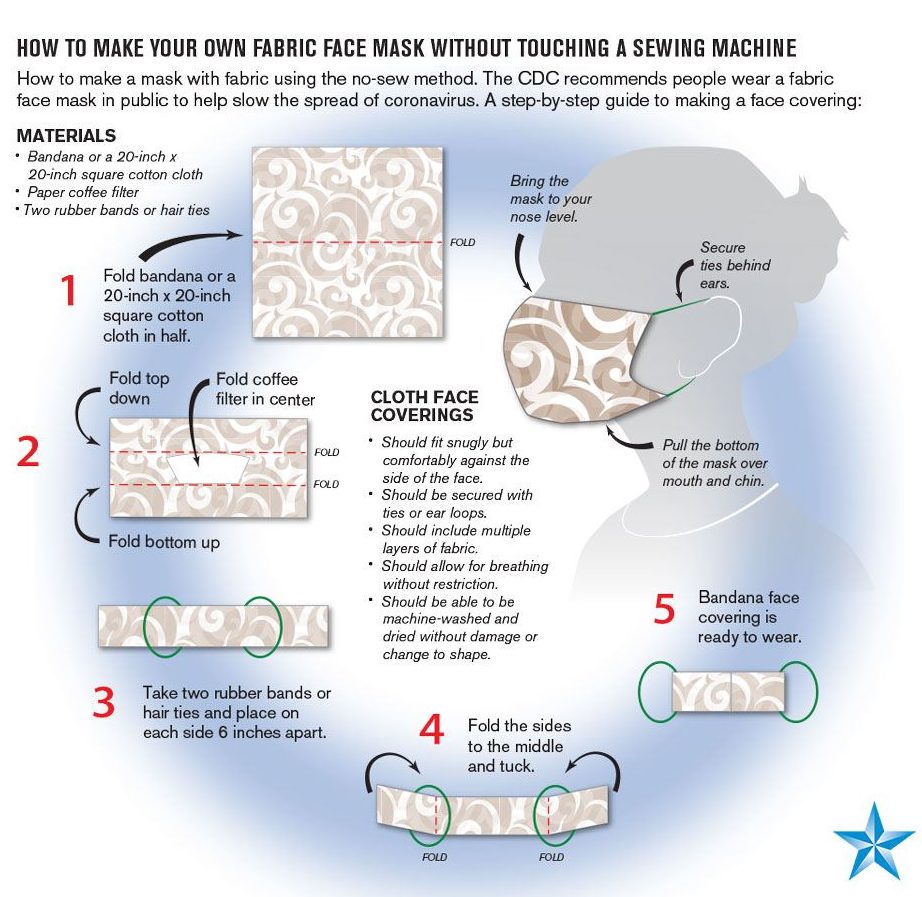
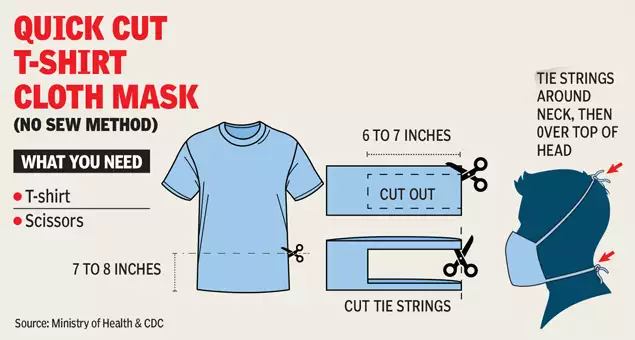
Sewn Cloth Face Covering
Materials
- Two 10”x6” rectangles of cotton fabric.
- Two 6” pieces of elastic (or rubber bands, string, cloth strips, or hair ties).
- Needle and thread (or bobby pin).
- Scissors.
- Sewing machine.
Tutorial
1. Cut out two 10-by-6-inch rectangles of cotton fabric. Use tightly woven cotton, such as quilting fabric or cotton sheets. Further, T-shirt fabric will work in a pinch. Then stack the two rectangles; you will sew the mask as if it were a single piece of fabric.
2. Fold over the long sides ¼ inch and hem. Then fold the double layer of fabric over ½ inch along the short sides and stitch down.
3. Run a 6-inch length of 1/8-inch wide elastic through the wider hem on each side of the mask. Furthermore, these will the ear loops. Then use a large needle or a bobby pin to thread it through. Later, tie the ends tight. Don’t have elastic? In addition to this, use hair ties or elastic headbands. Besides this, if you only have string, you can make the ties longer and tie the mask behind your head.
4. Gently pull on the elastic so that the knots are tucked inside the hem. Gather the sides of the mask on the elastic and adjust so the mask fits your face. Then securely stitch the elastic in place to keep it from slipping.


